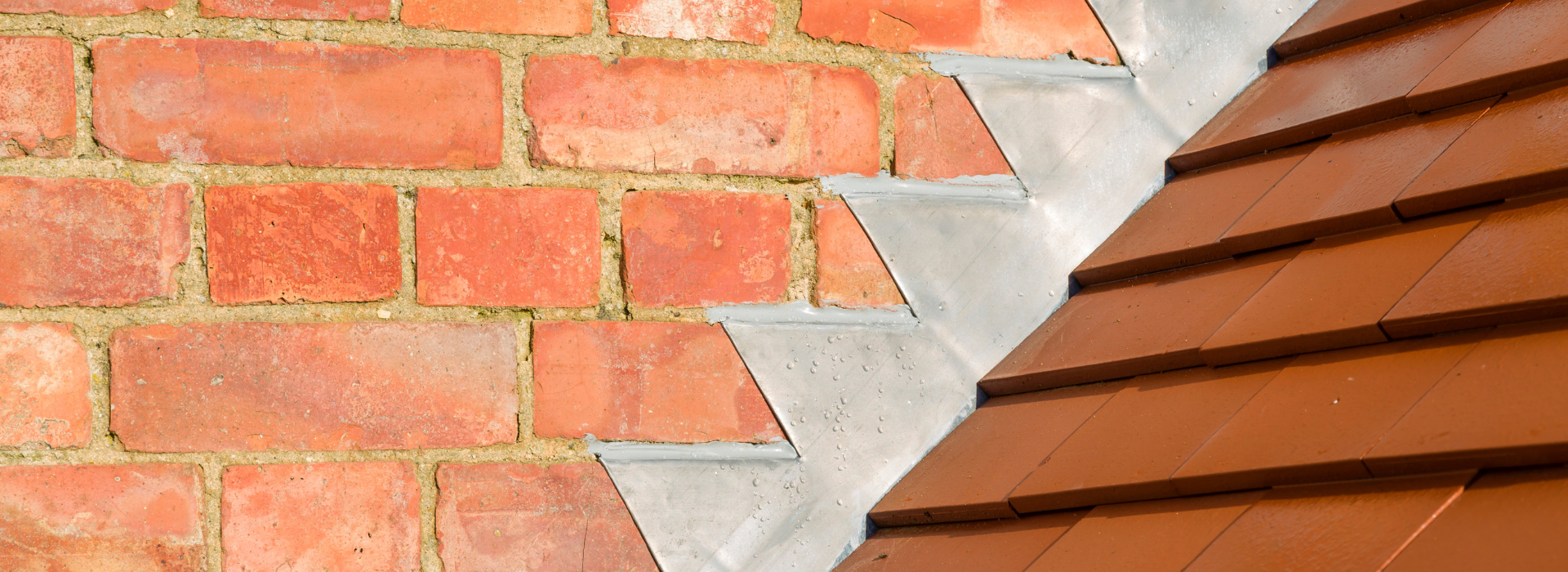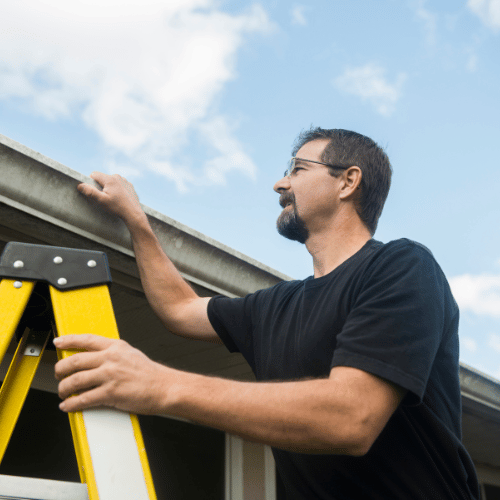Understanding Roof Flashing: Its Importance and Types
Understanding Roof Flashing: Its Importance and Types

Roof flashing, a critical component of any roofing system, plays a vital role in protecting buildings from water damage.
It's an essential element that often goes unnoticed until a problem arises.
Let's look at what roof flashing is and why it's so important for the health of your roof and home.
The importance of roof flashing
Despite its often-overlooked status, roof flashing is essential for maintaining the integrity and longevity of a roof.
It acts as a barrier against water intrusion, which can cause serious damage to the structure and interior of your home.
Understanding its role and ensuring it's correctly installed and maintained can save you significant time and money in the long run.
What is Roof Flashing?
Definition and basic concepts
Roof flashing is a thin material, usually metal, that is installed at various joints and transitions on a roof to prevent water infiltration.
It's strategically placed in areas where water is most likely to penetrate, such as around chimneys, vents, skylights, and at the intersections of roof planes.
Materials used in roof flashing
Common materials for roof flashing include aluminium, copper, lead, and galvanised steel, each offering unique benefits and challenges. For example, copper is highly durable and long-lasting but can be more expensive, whereas aluminium is lightweight and corrosion-resistant but might not be as sturdy in extreme weather conditions.
Why is Roof Flashing Important?
Preventing water damage
The primary function of roof flashing is to redirect water away from critical areas, thereby preventing leaks and structural damage.
Without effective flashing, water can seep into the roof and walls, leading to mould growth, wood rot, and a compromised structure.
Extending the lifespan of your roof
By effectively managing water flow, roof flashing significantly extends the lifespan of a roof and reduces maintenance costs. It's an investment in the longevity of your home's most important protective feature.
Types of Roof Flashing
Step Flashing
Step flashing, used where roofs intersect vertical walls, consists of rectangular pieces that overlap like steps.
Each piece is layered with a shingle to ensure that water flows away from the wall and back onto the roof.
Valley Flashing
Valley flashing is installed in the valleys where two roof planes meet, forming a critical line of defense against water.
It channels the water down the roof and away from the valley, where water flow is most concentrated.
Drip Edge Flashing
Drip edge flashing, positioned at the edge of the roof, ensures that water drips clear of the underlying structure.
This type of flashing protects the fascia and prevents water from getting behind the gutter.
Vent Pipe Flashing
Vent pipe flashing is specifically designed to seal around plumbing vents, preventing water from seeping into the roof.
It usually includes a rubber seal that conforms to the shape of the pipe, creating a watertight barrier.
Installation and Maintenance
Professional installation
Proper installation of roof flashing by experienced professionals is crucial for ensuring its effectiveness and longevity.
Incorrectly installed flashing can lead to gaps and leaks, negating its protective purpose.
Regular maintenance and inspections
Regular maintenance and inspections are vital for detecting and addressing any issues with roof flashing before they escalate. Homeowners should schedule annual inspections and be vigilant after severe weather events.
Common Issues and Solutions
Corrosion and wear
Over time, roof flashing can suffer from corrosion and wear, especially in harsh weather conditions.
Regular inspections can identify these issues early, allowing for timely repairs.
Improper installation
Improper installation can lead to gaps and misalignments, which compromise the flashing's ability to protect the roof.
If you suspect installation issues, it's best to consult with a professional roofing contractor like Kaptol Roofing Nrewcastle.
Solutions and repairs
Timely repairs and replacements, when necessary, can resolve most issues related to roof flashing and prevent extensive damage.
In some cases, a simple fix can extend the life of your roof significantly.
Protecting Your Home: The Final Word on Roof Flashing
Recap of the importance of roof flashing
Roof flashing, though a small component of roofing systems, plays an indispensable role in safeguarding buildings from water-related damage.
It's a critical element that ensures the longevity and integrity of your roof.
Investing in quality roof flashing, coupled with proper installation and maintenance, is essential for any property owner looking to protect their investment.
By understanding the role and types of roof flashing, you can make informed decisions about your home's roofing needs.
What is the average lifespan of roof flashing?
The average lifespan of roof flashing largely depends on the material used, the quality of installation, and environmental factors.
Generally, roof flashing can last anywhere from 15 to 30 years or more.
Here are some typical lifespans for various flashing materials:
Aluminium and Galvanised Steel:
These materials are commonly used due to their cost-effectiveness and durability.
They typically last between 15 and 25 years, but this can vary based on the climate and exposure to corrosive elements.
Copper:
Copper flashing is known for its longevity and resistance to corrosion. It can last more than 30 years, and in some cases, as long as the lifespan of the roof itself.
Lead:
Lead is another durable material for flashing, often used in historic or high-end roofing applications.
Lead flashing can last 50 years or more.
PVC and other synthetic materials:
These are sometimes used for flashing, particularly in conjunction with specific types of roofing.
Their lifespan can vary but is generally around 15 to 20 years.
Environmental factors such as extreme weather, temperature fluctuations, and exposure to salt (in coastal areas) can affect the longevity of roof flashing. Additionally, the quality of installation plays a significant role in its lifespan. Poorly installed flashing may fail prematurely, leading to leaks and other roofing problems.
Regular inspections and maintenance can help extend the life of roof flashing. It's important to address any signs of wear, corrosion, or damage promptly to ensure the ongoing effectiveness of the flashing.
You might also like








